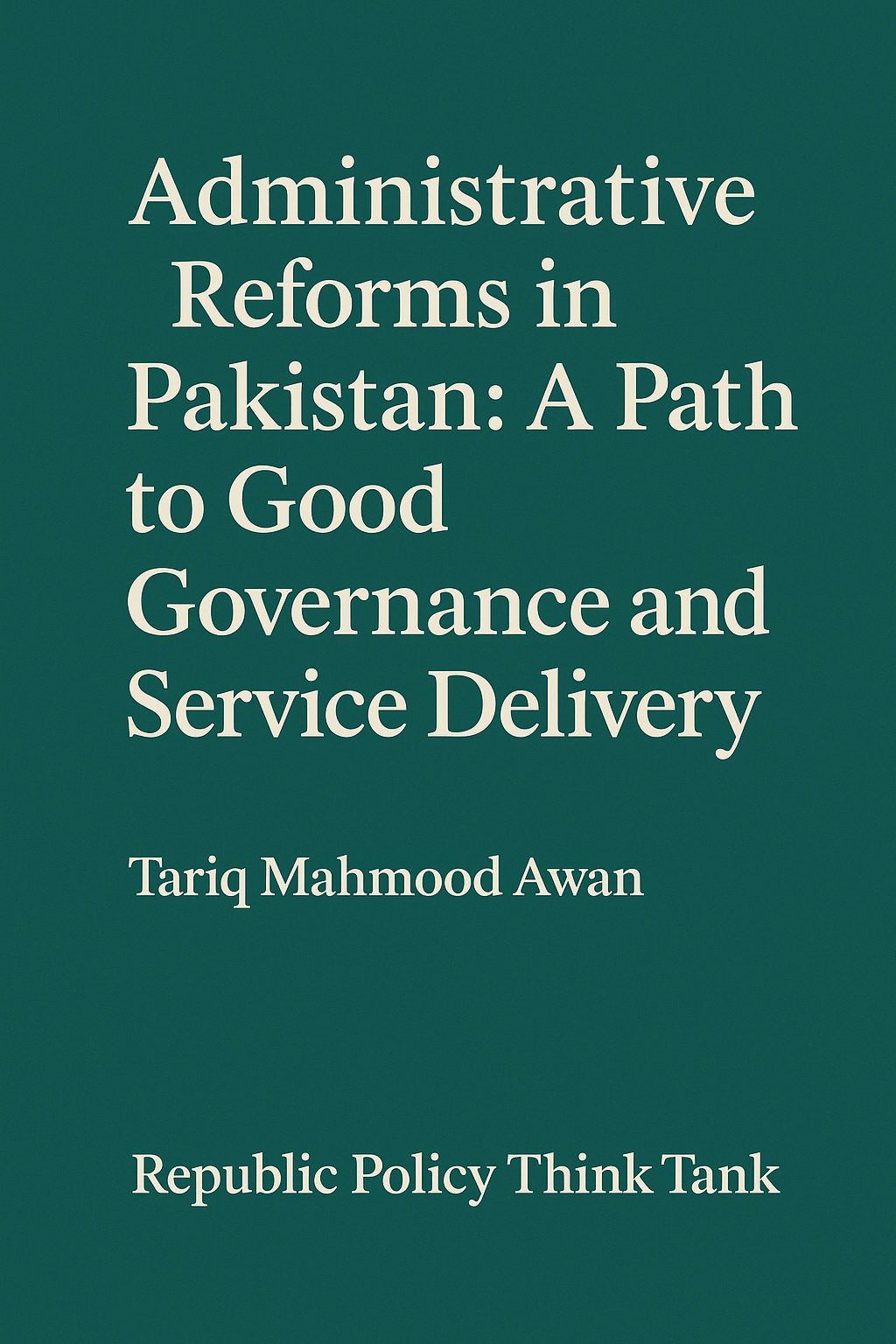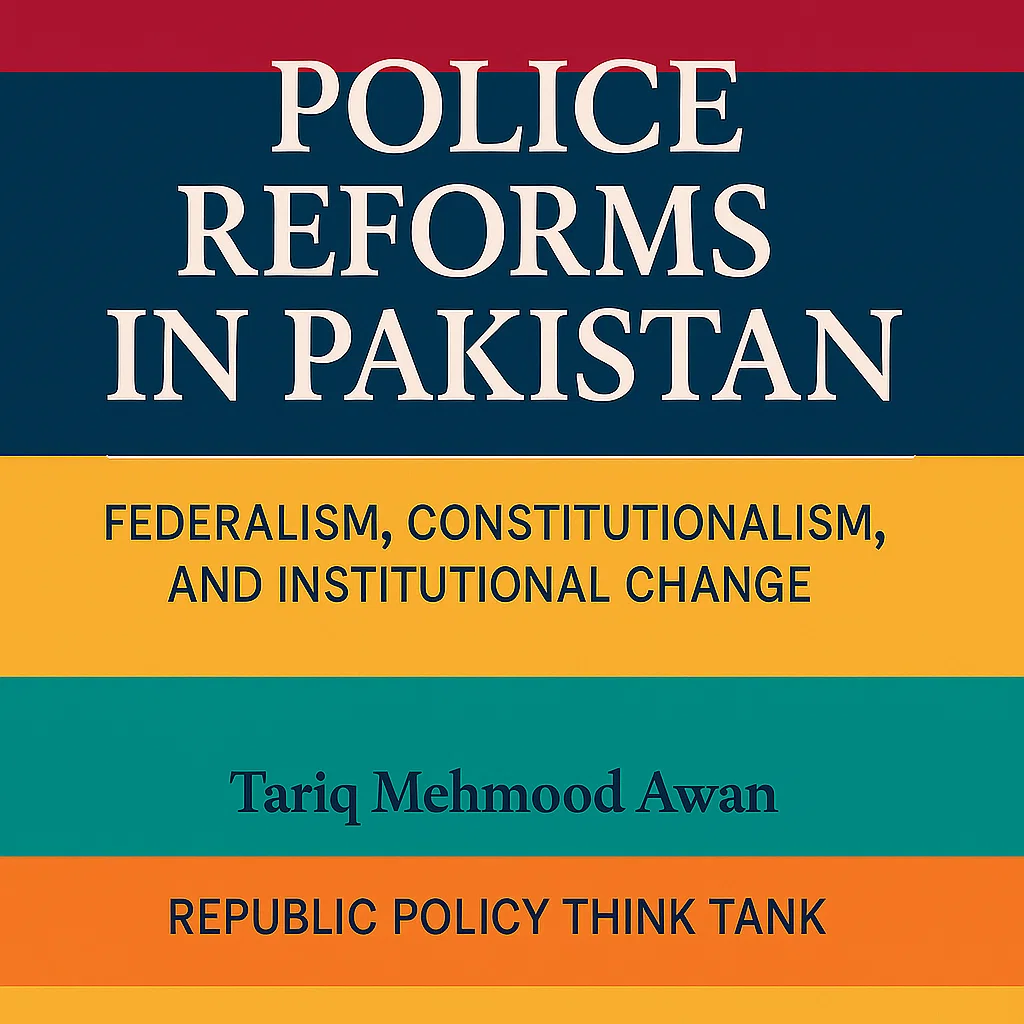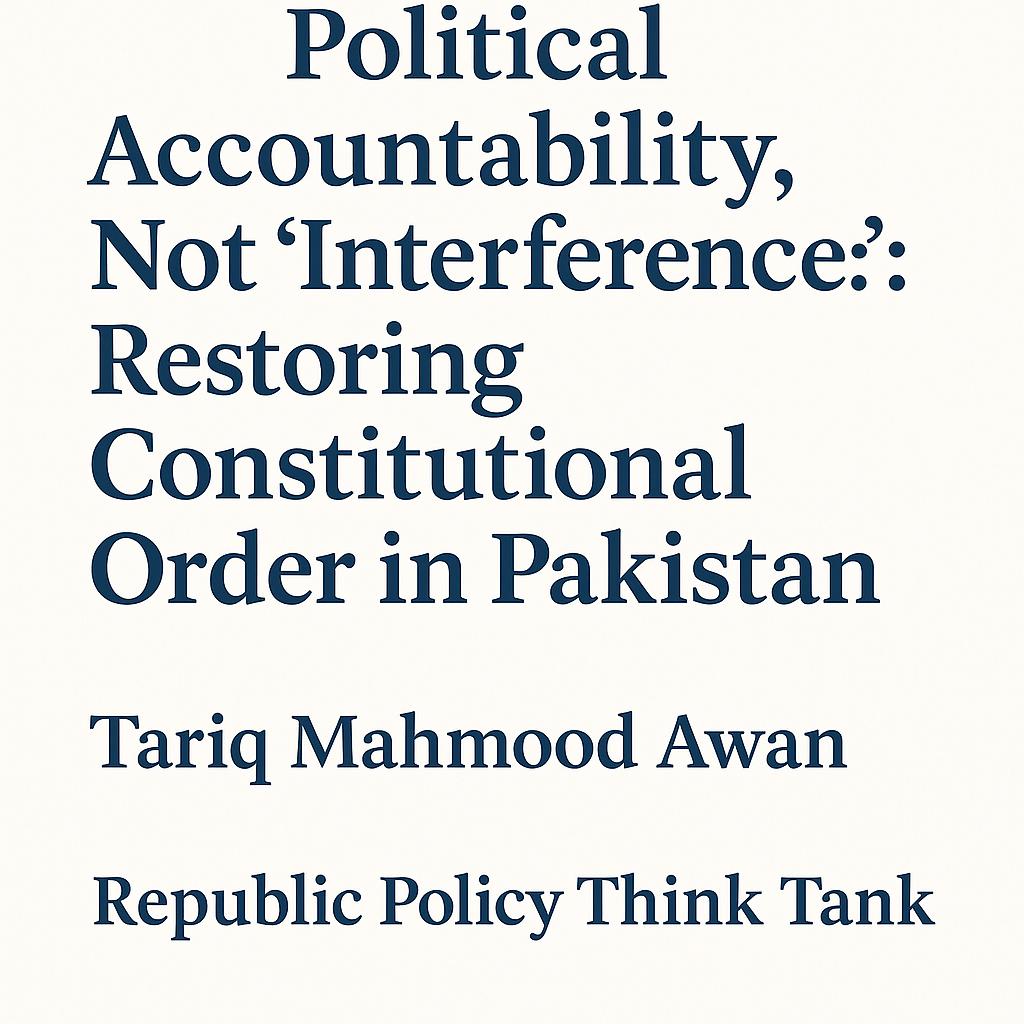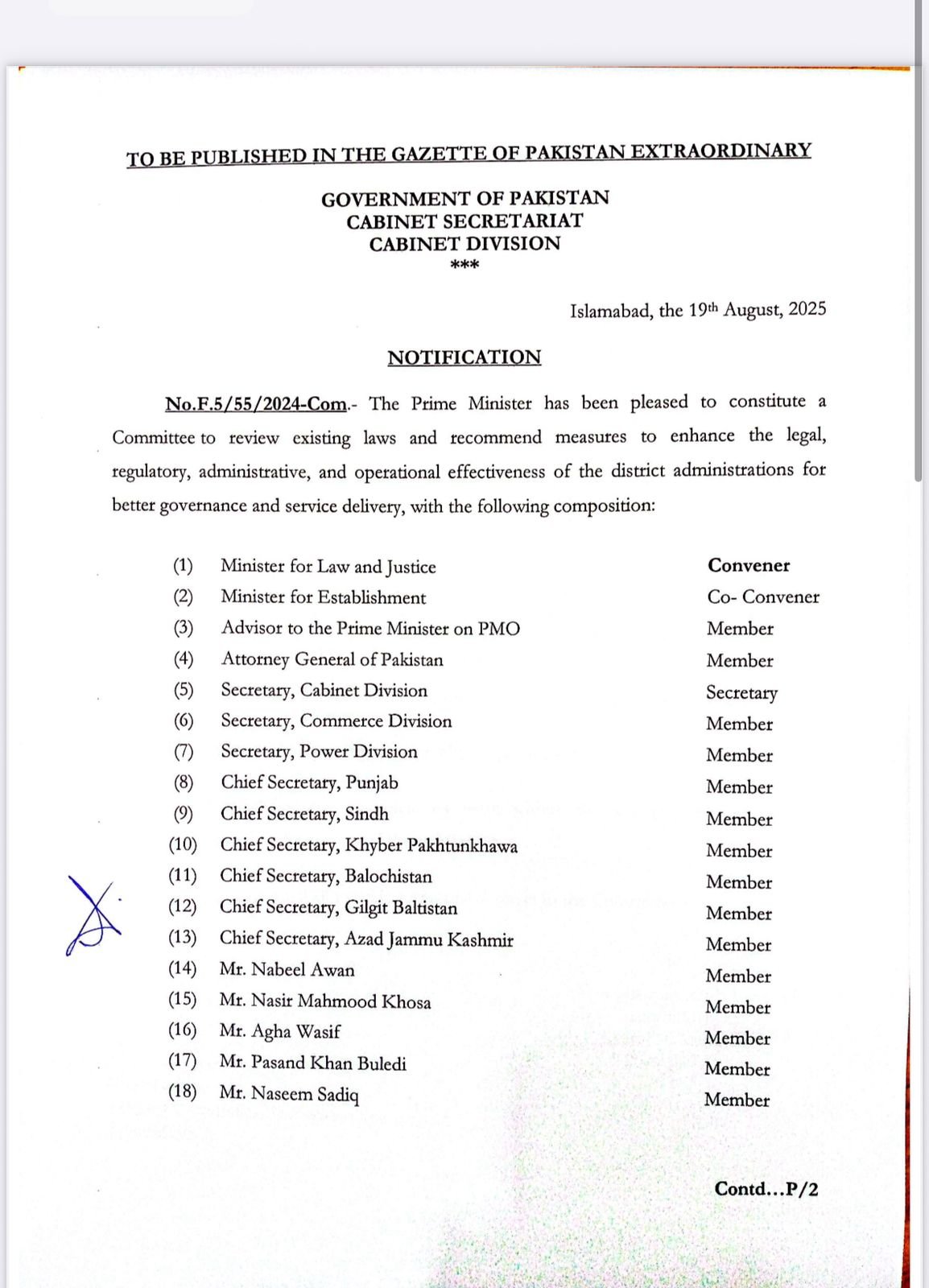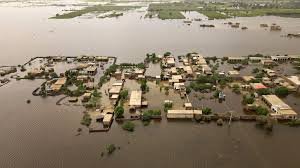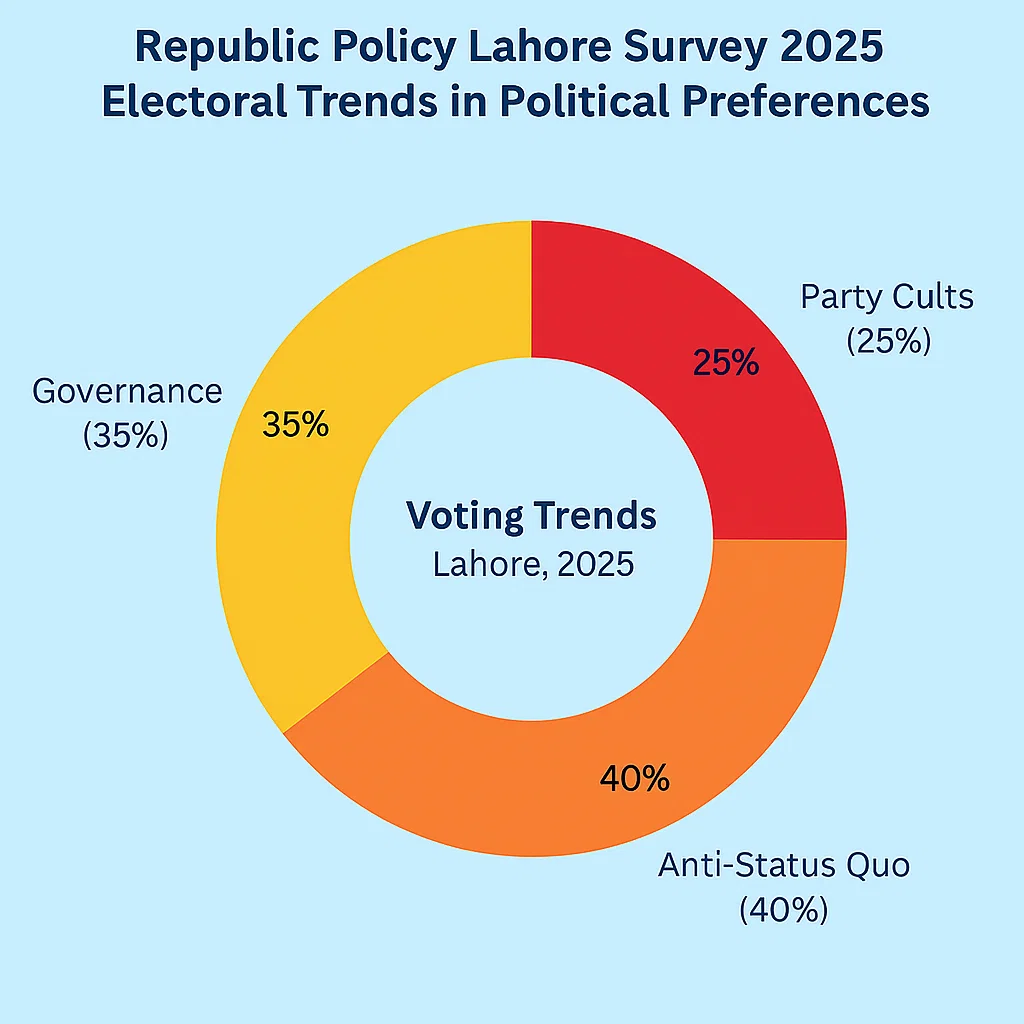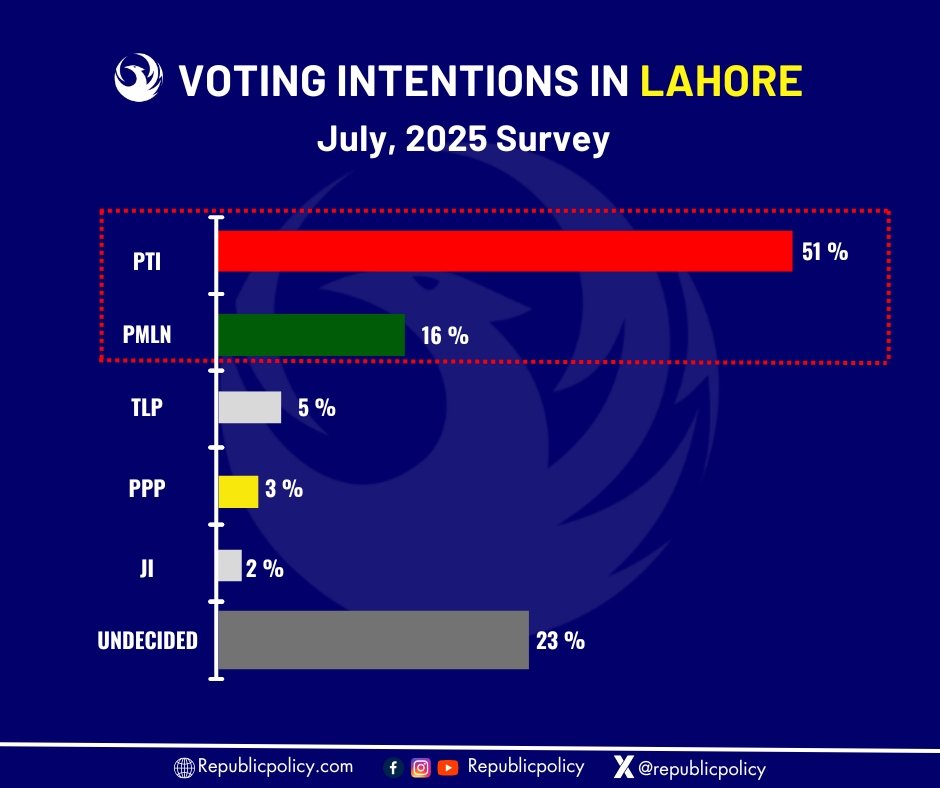Barrister Roman Awan
Corruption in governance is the abuse of public power or authority for private gain. It is detrimental to governance because it undermines the rule of law, erodes public trust, distorts economic decision-making, hampers development, and fuels social and political instability. Corruption in governance can take various forms, such as bribery, embezzlement, nepotism, patronage, fraud, extortion, and money laundering. In this essay, I will explain corruption in the legislature, executive branch, judiciary, and institutions with reference to Pakistan. Furthermore, I will critically evaluate how corruption in governance can spoil the social and political value system in Pakistan. Finally, I will suggest some possible ways to control corruption in Pakistan’s governance system.
The legislature is the branch of government that makes laws and oversees the executive. In Pakistan, the legislature consists of the National Assembly and the Senate at the federal level and the provincial assemblies at the provincial level. Corruption in the legislature can occur when legislators use their power and influence to benefit themselves or their allies rather than serving the public interest. Following are the corrupt practices involved in the legislature.
Vote buying and selling: This is when legislators accept bribes or inducements to vote for or against certain bills or motions or to abstain from voting. This undermines the integrity and accountability of the legislative process and allows special interests to influence the law-making. According to a report by the Pakistan Institute of Legislative Development and Transparency (PILDAT), 62% of the respondents in a survey believed that vote buying and selling was prevalent in the National Assembly.
Conflict of interest: This is when legislators have personal or financial interests that are incompatible with their public duties, and they fail to disclose or recuse themselves from such situations. This compromises the impartiality and objectivity of the legislators and creates opportunities for corruption and favouritism. According to a report by the Centre for Peace and Development Initiatives (CPDI), 70% of the members of the National Assembly did not submit their statements of assets and liabilities for the year 2019-20, despite being legally required to do so. This raises questions about the transparency and accountability of the legislators and their potential involvement in illicit wealth accumulation.
Misuse of funds and resources: This is when legislators misuse or misappropriate the public funds and resources allocated to them for their official functions, such as salaries, allowances, travel expenses, development funds, and office facilities. This results in wastage and diversion of public money and deprives the citizens of the benefits and services they deserve. According to a report by the Auditor General of Pakistan, there were irregularities and violations of rules amounting to Rs. 8.27 billion in the accounts of the National Assembly Secretariat for the year 2018-19. This indicates a lack of financial discipline and oversight in the legislative branch.
The executive is the branch of government that implements and enforces the laws and policies made by the legislature. In Pakistan, the executive consists of the Prime Minister and the Cabinet at the federal level and the Chief Ministers and the Cabinets at the provincial level. Corruption in the executive branch can occur when executive officials use their power and authority to benefit themselves or their cronies rather than serve the public interest. Some examples of corruption in the executive are:
Political appointments and transfers: This is when executive officials appoint or transfer public servants based on political affiliation, loyalty, or personal connections rather than merit, competence, or performance. This undermines the professionalism and efficiency of the public administration and creates a culture of patronage and nepotism. According to a report by Transparency International Pakistan, 74% of the respondents in a survey believed that political appointments and transfers were common in the public sector.
Kickbacks and commissions: This is when the executive officials demand or receive a percentage of the money involved in a public contract or project as a condition for awarding or approving it. This inflates the cost and, reduces the quality of the public goods and services, and allows the executive officials to enrich themselves at the expense of the public. According to a report by the National Accountability Bureau (NAB), the anti-corruption watchdog of Pakistan, it recovered Rs. 487 billion from corrupt executive officials and contractors in various cases from 2017 to 2020. This shows the magnitude and prevalence of corruption in public procurement and projects.
Abuse of discretion and authority: This is when executive officials use their power and authority to influence or interfere in the decisions or actions of other public institutions or officials, such as the judiciary, the legislature, the media, the civil society, or the accountability agencies. This violates the principle of separation of powers and checks and balances and enables the executive officials to evade or manipulate the law and the accountability mechanisms. According to a report by the Human Rights Commission of Pakistan (HRCP), there were numerous instances of executive interference and pressure on the judiciary, the media, and civil society in 2020, which undermined the independence and freedom of these institutions.
Please, subscribe to the monthly magazines of republicpolicy.com
The judiciary is the branch of government that interprets and applies the laws and adjudicates the disputes between the parties. In Pakistan, the judiciary consists of the Supreme Court, the High Courts, the Federal Shariat Court, and the subordinate courts. Corruption in the judiciary can occur when the judges or the court staff use their power or influence to benefit themselves or their associates rather than deliver justice. Some examples of corruption in the judiciary are:
Bribery and extortion: This is when the judges or the court staff accept or demand money or favours from the litigants or the lawyers in exchange for favourable or expedited judgments, orders, or proceedings. This undermines the fairness and credibility of the judicial process and denies the litigants their right to a fair trial and due process of law. According to a report by the PILDAT, 59% of the respondents in a survey believed that bribery and extortion were common in the lower courts.
Delay and inefficiency: This is when the judges or the court staff deliberately delay or prolong the cases or the proceedings, either to extract more money or favours from the litigants or the lawyers or to avoid making difficult or controversial decisions. This results in a huge backlog and pendency of cases and causes frustration and hardship to the litigants. According to a report by the Law and Justice Commission of Pakistan (LJCP), there were 1.9 million cases pending in Pakistan’s courts as of December 31, 2020. This indicates a lack of timeliness and efficiency in the judicial system.
Political and external influence: This is when the judges or the court staff are influenced or pressured by the political or external actors, such as the executive, the legislature, the military, the intelligence agencies, the religious groups, or the foreign powers, to make or change their judgments, orders, or proceedings. This compromises the independence and impartiality of the judiciary and allows the political or external actors to interfere in judicial matters. According to a report by the HRCP, there were several instances of political and external influence on the judiciary in 2020, such as the removal of the Islamabad High Court Chief Justice by the President, the extension of the Army Chief’s tenure by the Supreme Court, and the acquittal of the accused in the Daniel Pearl murder case by the Supreme Court.
The institutions are the organizations or agencies that perform specific functions or provide specific services to the public. In Pakistan, there are various institutions, such as the Election Commission, the National Accountability Bureau, the Federal Investigation Agency, the Federal Board of Revenue, the State Bank of Pakistan, the Pakistan International Airlines, the Pakistan Steel Mills, the Pakistan Television, the Higher Education Commission, and the Pakistan Cricket Board. Corruption in institutions can occur when the officials or the staff of these institutions use their power or position to benefit themselves or their allies rather than fulfilling their mandates or serving the public interest. Some examples of corruption in institutions are:
Rigging and manipulation: This is when the officials or the staff of the institutions that are responsible for conducting or overseeing the elections, such as the Election Commission, the NAB, the FIA, or the media, rig or manipulate the electoral process, such as the voter registration, the ballot printing, the polling, the counting, or the reporting, to favour or disfavour certain candidates or parties. This undermines the legitimacy and credibility of the electoral system and affects the representation and accountability of the elected representatives. According to a report by the Free and Fair Election Network (FAFEN), there were several irregularities and violations of the electoral laws and rules in the 2018 general elections, such as the unauthorized presence of security personnel inside the polling stations, the restrictions on the observation and media access, the tampering of the result forms, and the delay in the transmission and consolidation of the results.
Embezzlement and mismanagement: This is when the officials or the staff of the institutions that are responsible for managing or regulating the public funds or resources, such as the FBR, the SBP, the PIA, the PSM, or the PCB, embezzle or mismanage the public funds or resources, such as the taxes, the loans, the subsidies, the assets, or the revenues, for their personal or organizational benefit, rather than for the public welfare or development. This results in a huge loss and wastage of public money and affects the fiscal and economic performance and stability of the country. According to a report by the Auditor General of Pakistan, there were irregularities and violations of rules amounting to Rs. 1.156 trillion in the accounts of the federal government for the year 2018-19. This indicates a lack of financial accountability and transparency in Pakistan’s governmental organizations.
Lastly, it is imperative to reform all the branches of government as well as institutions in Pakistan for good governance and service delivery.
Please, subscribe to the YouTube channel of republicpolicy.com






